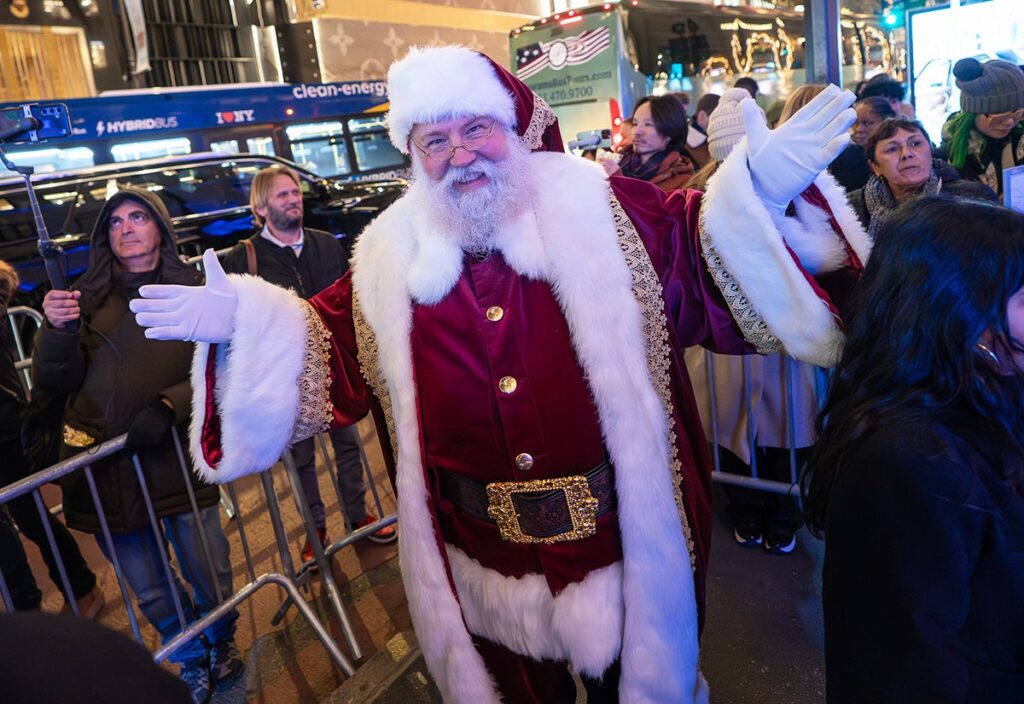When 20th Century Fox wanted to promote its 2004 summer release “The Day After Tomorrow” on television, the studio figured it had better do more than just buy some 30-second spots to capture the attention of teens and young adults. So its sibling Fox Television agreed to end “That ‘70s Show” early, at 8:44 p.m. ET, so that the movie studio could air a highly promoted 10-minute trailer for the film.
Rather than anger the show’s viewers, the trailer rated 26% higher than the sitcom’s average rating that month, and 36% of the viewers said they’d tuned in specifically to see the preview.
These are the types of stunts that all marketers – not just those in the entertainment field – will have to consider if they want to grab viewers’ attention in an increasingly on-demand world, according to Steve Siskind, executive vice president, worldwide marketing and advertising for Paramount Pictures. At the annual Promax conference last week, Siskind told the audience of television marketers that companies—regardless of whether they’re selling books, bleach, or blockbusters–have to not only consider alternatives to the usual 30-second ad but also have to keep on top of research that shows how best to match those traditional spots with the right shows.
For example, he said, to sell movies geared toward teens and young adults, Paramount likes to use prank shows such as MTV’s “Punk’d,” monster-car programs, and wrestling. To reach men, Paramount likes to advertise on reality shows with a crime bent, while dating shows are the best match for women who go to the movies.
Another important consideration marketers have to consider is where networks place them in the commercial “pod.” On the broadcast networks, “the first and lost position are the best place–they have 5% higher viewership than the average of the entire three-minute pod,” he said. On cable networks, however, getting placed in the lead-off spot is much more important. Suskind noted that some advertisers are starting to rebel against getting placed deep inside the considerably longer commercial breaks of some cable networks.
“A cable pod can go seven minutes long,” Suskind said, adding that audience recall can be as much as four points lower when breaks reach five or six minutes. “Movies are the most notorious offender in this case. Seventy percent of movie pods are over the average of three-and-a-half minutes, whereas wrestling and sports have some of the smaller pods,” he said.
But by far the best way to reach the younger audiences who attend films is by integrating the promotion within the programming, according to Suskind, who listed 20 ways of doing so, among them having a star at an award show, showing clips on late-night television, and using NBA stars in promos for urban films.
“Not all of [the methods] are created equal,” Suskind added. Among the least effective methods are the typical star interviews on Jay Leno or David Letterman and award shows. It is much more effective to place the film’s star within a programming, such as when motorcycle enthusiast Will Smith appeared on Discovery’s “American Chopper” to plug his “I, Robot” film.



